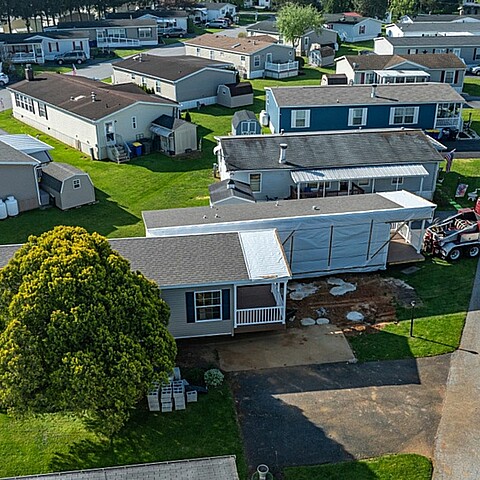Doom and Gloom: Democratic Gov. Inslee predicts 'blackouts, destruction, and death' this summer
Todd Myers, director of the Center for the Environment for the free market Washington Policy Center, thinks Gov. Jay Inslee is being coy about his support for breaching four dams on the lower Snake River
June 14, 2022 7:58pm
Updated: June 15, 2022 12:52pm
Todd Myers, director of the Center for the Environment for the free market Washington Policy Center, thinks Gov. Jay Inslee is being coy about his support for breaching four dams on the lower Snake River.
“Last week, @GovInslee gave implicit support to destroying the Snake River dams and 8% of Washington’s electricity generation. Today he sent an email warning about electricity shortages this summer. #waleg,” Myers tweeted Monday.
This was accompanied by an excerpt of an email from Inslee’s campaign.
“It’s shaping up to be a deadly summer,” the email reads.
“As the climate crisis worsens, we’re facing the most extreme weather in history. While Washington state faced the wettest start to the summer in over 70 years, other states are preparing for sweltering temperatures that will catastrophically disrupt our fragile electrical grid. That means blackouts, destruction, and death. Just look at the headlines.”
Myers’ observation was prompted by Thursday’s release by Inslee and U.S. Sen. Patty Murray, D-Washington, of a draft report that says breaching the dams would be the best way to remove Snake River salmon runs from the Endangered Species List, in addition to being the best way to maintain treaty and trust obligations with Native American tribes.
According to the report, finding other ways to provide electricity, irrigation, and enabling commerce would cost between $10.3 billion and $27.2 billion.
The release of the report kicks off a one-month public comment period running until July 11.
The debate over breaching the federally-owned dams has swirled for decades.
Proponents of removing the dams say doing so would bring back salmon runs to the benefit of sport, commercial, and tribal fishing communities, in addition to helping starving orcas dependent upon salmon as a food source.
Getting rid of the dams would negatively impact the provision of irrigation water for farmers, critics say, in addition to making the river system unnavigable for barges that move crops and other products to port for export. Recreation opportunities for locals and tourists would also be lessened, critics add.
Perhaps the most contentious issue raised by critics of breaching the dams is the negative impact it will have on the generation of electricity. Power grid workers have consistently said the back-up electricity provided by the Snake River dams is essential to preventing power shortages when energy demand is high.
It's not the first time Inslee has said or done something that seems at odds with making sure Washington’s energy needs can be met.
Earlier this year, Inslee vetoed House Bill 1623 to address the “risk of rolling backouts and power supply inadequacy events,” even though the legislation unanimously passed both chambers of the Legislature.
In his March 31 veto letter to the Legislature, Inslee cited redundancy for his decision.
“Ensuring that our electricity grid continues to reliably provide power to Washingtonians is a priority for me as well, which is why we have multiple state agencies already working on this issue,” Inslee wrote.
The Center Square reached out to Jamie Smith, Inslee’s executive director of communications, regarding Myers’ comments about could be construed as a mixed message from the governor.
“The governor has been consistently clear that he has not made any decision on the question about the dams,” she said via email.
That language is similar to a joint statement released by Murray and Inslee on the draft report.
“We continue to approach the question of breaching with open minds and without a predetermined decision,” they said. “From the start, we have placed public and stakeholder engagement from communities across the Pacific Northwest as the foundation of any regional process.”
Nevertheless, there have been indications Inslee leans toward breaching the Snake River dams.
Earlier this month, Inslee cast doubt on a multi-agency 2020 Environmental Impact Statement on the Snake River dams because it was completed under the administration of former President Donald Trump. The report essentially said dams and fish can coexist.
Last summer, Inslee signaled support for a key plank in Idaho Republican Congressman Mike Simpson’s plan – dam breaching – outlining $33.5 billion in federal spending to remove the four Snake River dams in 2030.
The current draft report is the second such study initiated by the governor’s office on the Snake River dams in the last few years. The results of a 2019 study failed to deliver a clear result.






